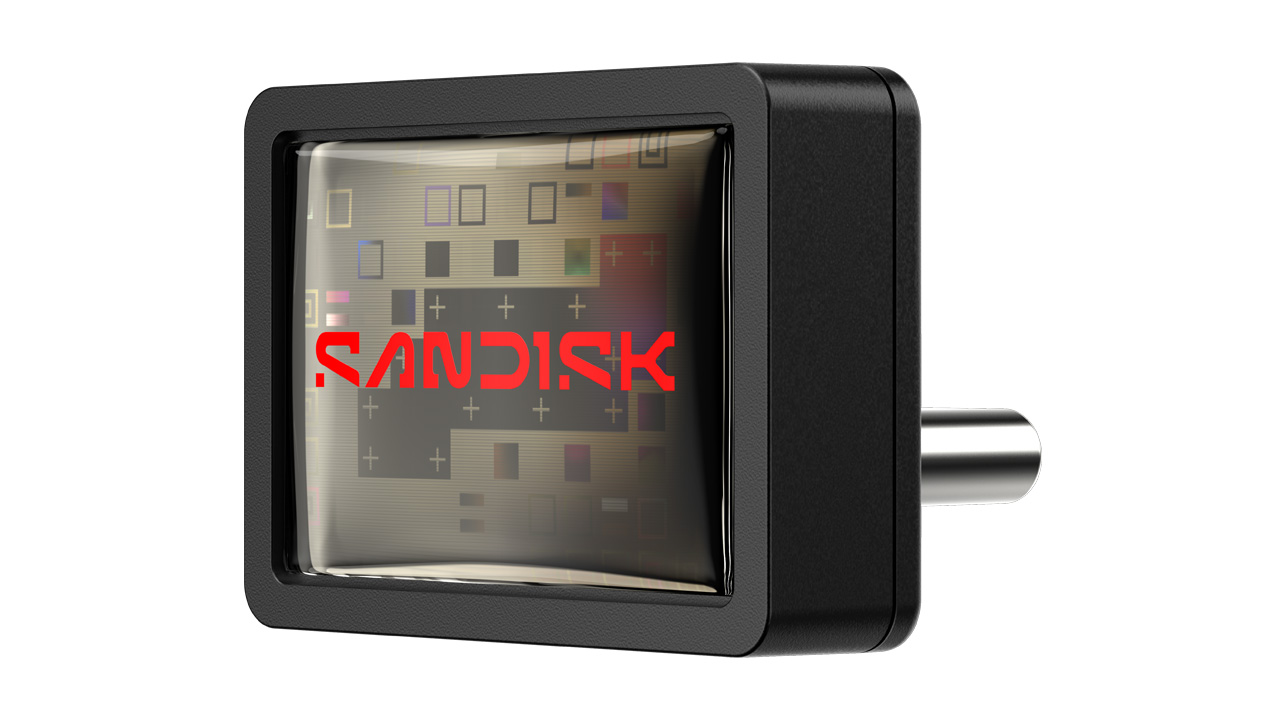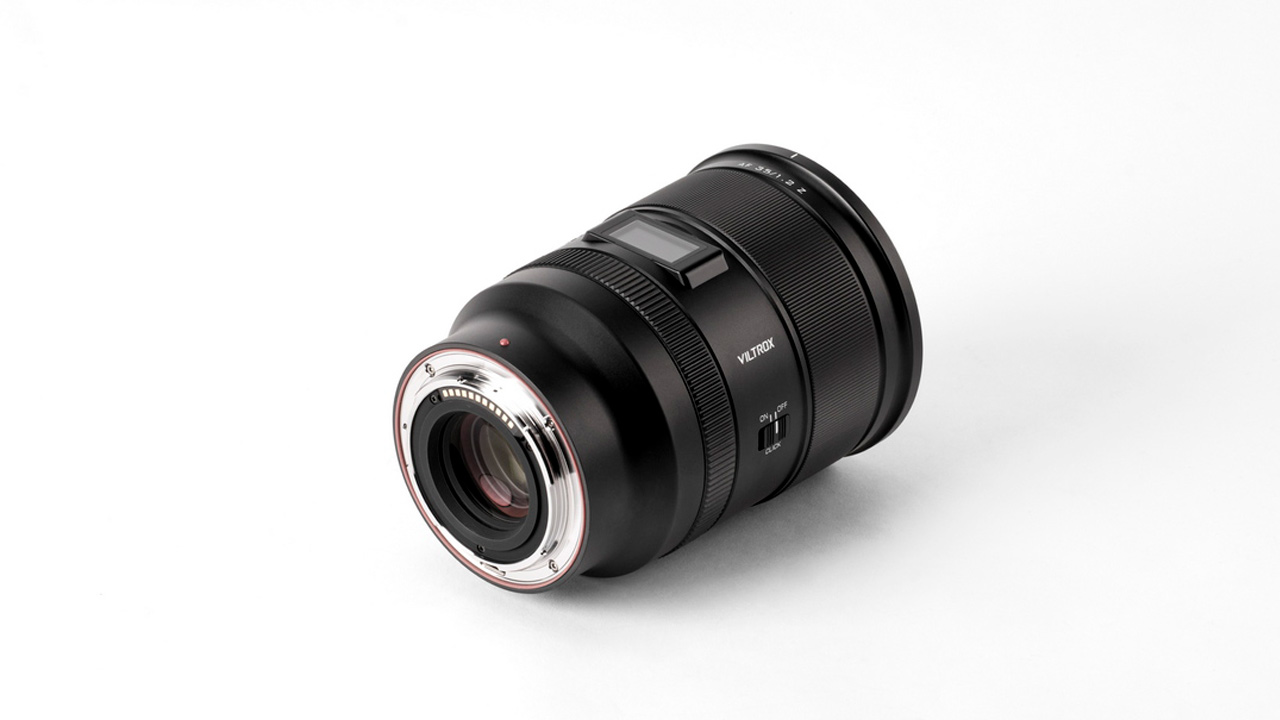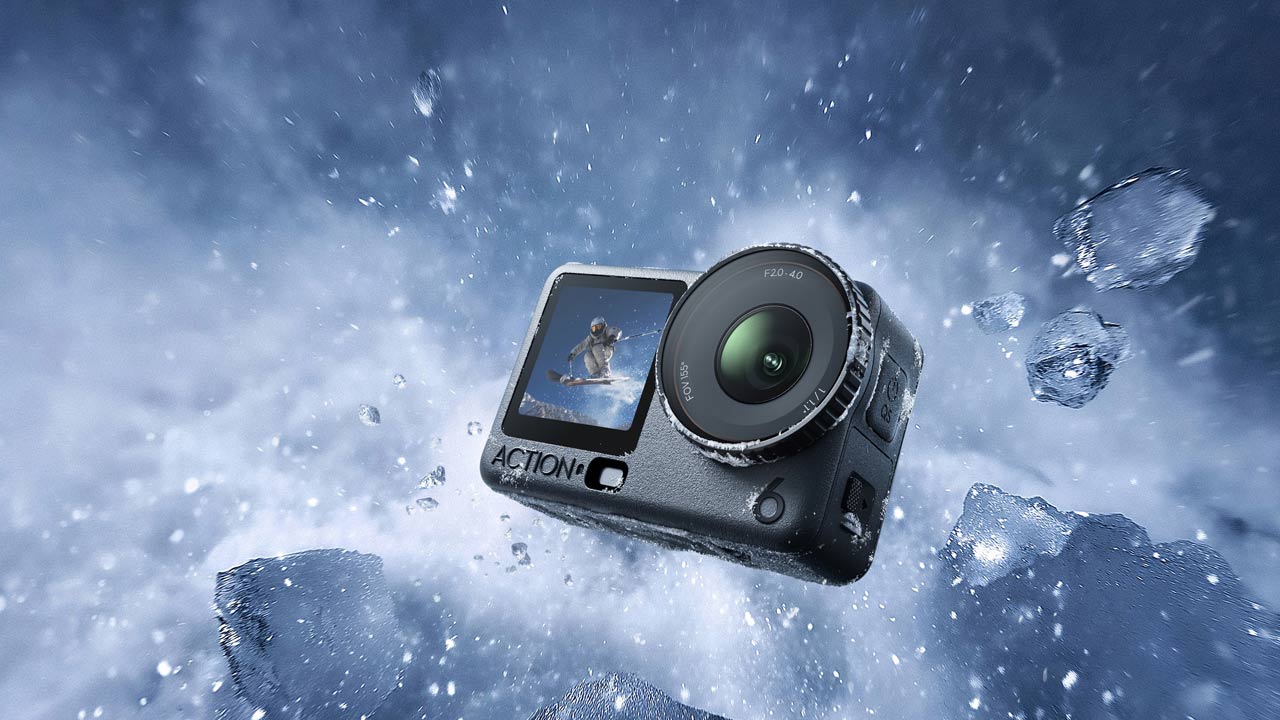
Sony will release the SONY α1 II mirrorless camera “” on December 13, 2024. The suggested retail price for the body only is to be determined. Pricing depends on region.

Sony released the “α1” as the flagship model of the α series in March 2021. Even now, three and a half years later, it remains the one and only flagship model that can capture what was previously impossible. Sony announced the release of the α1 II at a special event held in New York on November 20th, 2024.


Sony α1 II – High resolution x high speed x AI subject recognition

Equipped with an AI processing unit dedicated to subject recognition
Let’s start with the image quality. The image sensor is equipped with a stacked CMOS image sensor called “Exmor RS.” The combination of the image sensor with 50.1 effective pixels and the image processing engine ,”BIONZ XR,” achieves 30 frames per second.

The autofocus system is now equipped with an AI processing unit, which makes it possible to take full advantage of the 50.1 megapixel high resolution and 30 frames per second high-speed continuous shooting, ensuring that even fast-moving subjects are captured reliably.

The inclusion of an AI processing unit has expanded subject recognition. The α1 was capable of recognizing people and animals, but the α1 II has significantly expanded the range of objects it can recognize, including insects, cars, trains, and airplanes, making it possible to accurately capture a wider range of subjects. The recognition performance of people’s eyes has improved by 30% compared to the α1. It has also improved by 30% for animals, and 50% for birds.
As a first for Sony, the α1 II also includes an “Auto” option for subject recognition, which allows the camera to automatically recognize the subject.

It is possible to narrow down the recognition target. For example, if you do not want to shoot “people,” “cars,” “trains,” or “airplanes,” you can exclude them from the targets, and limit the selection to “animals,” “birds,” and “insects,” which are ideal for shooting nature and landscapes.

Addition of “Customizable focus area”

The focus area can also be customized in a wide range. Previously, there were only three spot sizes: L, M, and S. The α9 III now comes with XS and XL. The same functionality is now available on the α1 II.
You can also customize the focus area. Additionally, users can easily achieve a horizontally long focus area by using the dial. Set the focus area to where you want it.

The blackout-free 30 fps and AF/AE tracking are unchanged from the α1. It can shoot about 153 shots (about 5 seconds) in compressed RAW (14bit) x 30fps.
As a new feature, it is equipped with “pre-shooting,” which was highly anticipated among the α9 II models. It allows you to take continuous shots going back to the moment before you pressed the shutter button. You can record without losing pixels even with continuous shooting at a maximum of about 30 frames per second, and you can set the time to go back up to 1 second in detail.
The continuous shooting speed boost can be set to a custom button equivalent to the α9 III to quickly change the continuous shooting speed. Depending on the scene, you can “switch from low to high speed” or “switch from 15 frames per second to 30 frames per second” during continuous shooting.

“Stable exposure control” and “Accurate color reproduction”
The image sensor with 50.1 effective megapixels remains the same, but it achieves low noise in the mid-to-high sensitivity range. When comparing the α1 and α1 II shots taken at ISO 6400, the difference is in the noise and resolution. Even at ISO 6400, grain noise can be smoothed out, and faces can be expressed with more delicate resolution. In addition, exposure control and color reproduction have become more stable and accurate.
In terms of exposure control, the AE algorithm has evolved to achieve approximately 20% stability. Also, in terms of auto white balance, while up until now white balance was achieved using the image sensor and the “visible light + IR sensor” mounted on the front of the camera, the AI processing unit has improved auto white balance performance, allowing for stable white balance.
For the first time in the history of the α series, it has achieved image stabilization performance of 8.5 stops in the center and 7.0 stops on the edges. This is a significant jump up from 5.5 stops on the α1. This is about the image stabilization performance achieved in the body alone, and it is also possible to perform coordinated correction with the lens. Coordinated correction when combined with a lens equipped with in-lens optical image stabilization (OSS) allows for more stable framing.
Composite RAW shooting
In terms of shooting functions, it is equipped with a composite RAW function. In addition to the “shooting settings for noise reduction” that have been installed in the α9 III, it also has a Pixel Shift Multi shooting function as an option for this composite RAW. Pixel Shift Multi shooting has the same functions as the α1.

As for the noise reduction settings, you can generate an image with reduced noise by combining several RAW images and compositing them in “Imaging Edge Desktop.” This compositing also helps reduce moire and jaggies.
Sony α1 II Video performance that enables a wide range of visual expression
Real-time recognition AF when shooting video
Autofocus performance has also improved significantly in video. With the α1, real-time recognition AF could not be used with video, but with the α1 II, real-time recognition AF is now compatible with people, animals, birds, insects, cars, trains, and airplanes. In addition, the auto mode explained earlier can be used with video.
The α9 III was popular for its “Active Mode” with its high-precision image stabilization unit, gyro sensor, and optical 5-axis in-body image stabilization, but the α1 II also supports the “Dynamic Active Mode,” an image stabilization mode that combines electronic image stabilization. This makes it easier to achieve even more stable shooting.
In addition, the camera will be equipped with a “framing correction” function that was not installed on the α9III, which stabilizes the composition by keeping the subject in the same position when in “Dynamic Active Mode.” When shooting alongside a subject using “Dynamic Active Mode,” the camera will track the subject so that it remains in the same position within the composition, enabling framing correction to automatically correct the composition.
Outstanding operability and reliability
Operability has also improved. The grip shape has been significantly improved from the α1. It feels the same as the α9 III, but the rounded sides provide a better grip.

The shutter button and the shape around it have also been improved. The angle of the shutter button has been adjusted to make it easier to press.


Electronic Viewfinder
The α1 came with the FDA-EP19 eyepiece cup for the viewfinder, but the α1 II comes with the standard FDA-EP19 eyepiece cup as well as two new, deeper eyepiece cups, the EP21.


Other improvements to the camera include a new custom button “C5” on the front of the camera, and a 2.5GBASE-T Ethernet port on the side.
The shutter uses a dual-drive shutter mechanism that includes an electromagnetic actuator that provides excellent response while suppressing shutter vibration. The spring drive force is amplified by the electromagnetic actuator. The shutter blade is made of lightweight and strong carbon fiber. In addition, a brake mechanism is installed for the rear curtain.

The viewfinder is a high-definition OLED with a resolution of approximately 9.44 million dots. It has a 0.90x magnification, and if it is too large, you can switch the magnification.
A new microphone is installed on the back of the main unit. A microphone for recording voice memos is installed on the back. A battery charger “BC-ZD1” that can charge two batteries at the same time is included.
The vertical grip is compatible with the separately sold “VG-C5”. It is a vertical grip compatible with the α9 III, allowing you to shoot with the same operability.

High-speed communication and applications for professional workflows
Equipped with a 2.5GB Ethernet port for high-speed communication, it supports UVC/UAC PD (Power Delivery) and USB Type-C supports SuperSpeed USB 10Gbps (USB 3.2).
Equipped with dual slots that support CFexpress Type A cards and SD UHS II. Both slots support CFexpress Type A cards and SDXC/SDHC cards UHS-II/UHS-I. Either card can be used at will. Simultaneous recording, file allocation, and relay recording are possible with any card.

In terms of applications, it supports the latest Creators’ App apps, as well as professional workflows such as “Transfer & Tagging” and “Remote Camera Tool.”











